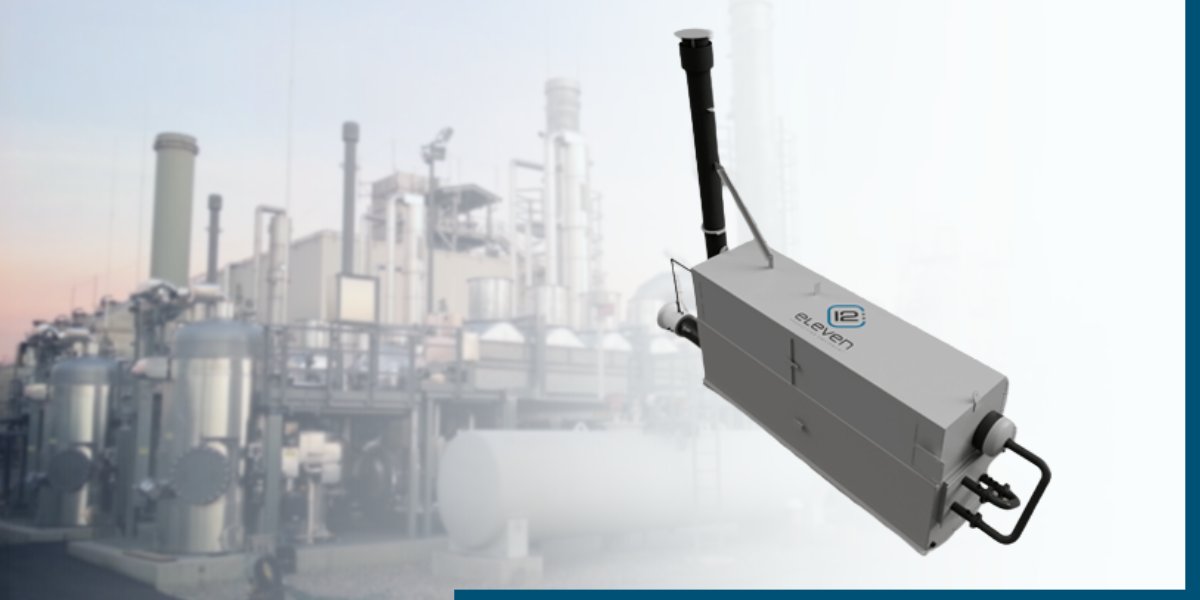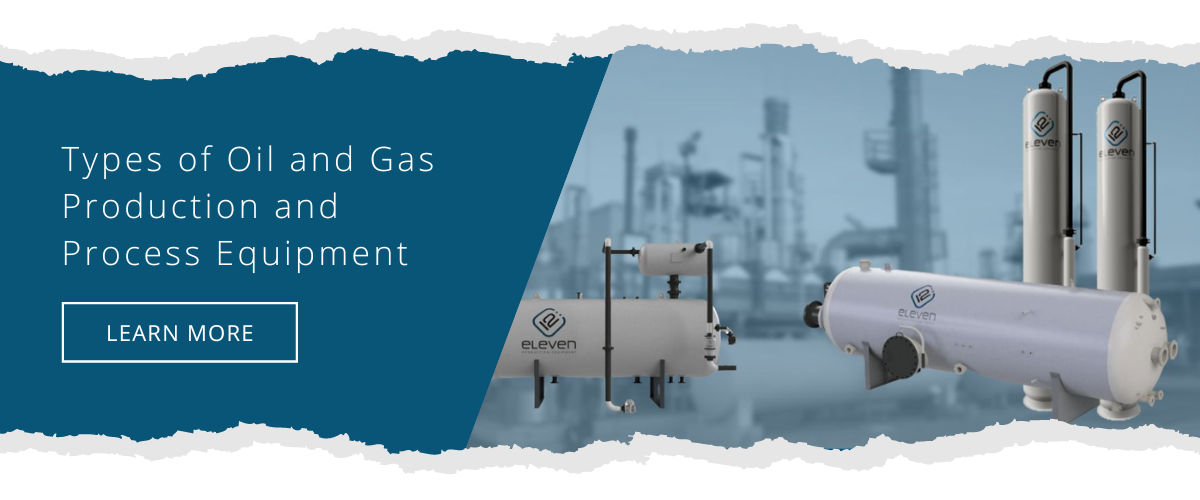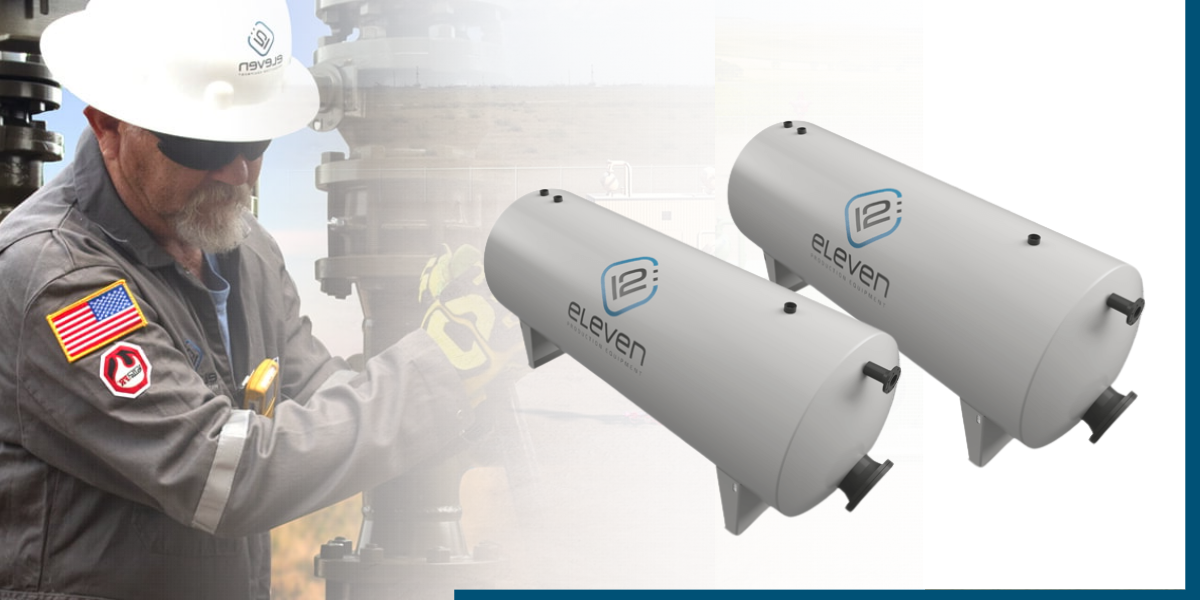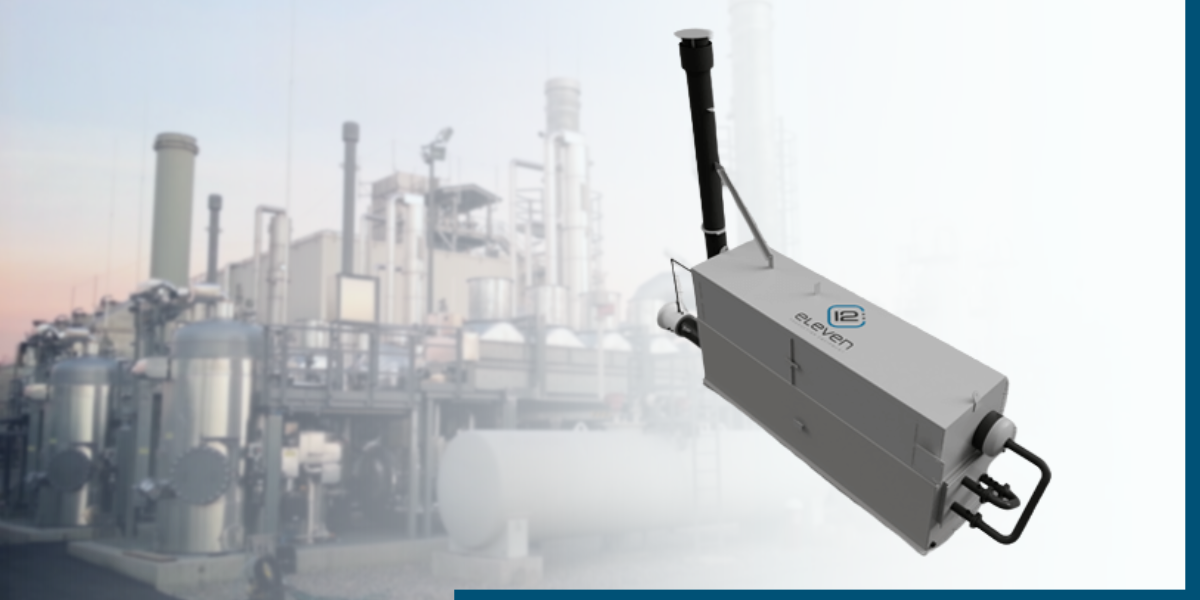Free Water Knockout (FWKO): What You Need To Know
Free water knockouts (FWKO) are an essential component in the oil and gas industry, designed to remove any free water present in the production...

Gas Production Units (GPUs) are a crucial component of the oil and gas industry. They play a significant role in the extraction, processing, and transportation of natural gas.
In this comprehensive guide, we will explore everything you need to know about Gas Production Units, including their function, how they work, and the benefits of using them in the industry. We will also delve into related topics to provide a well-rounded understanding of this fascinating technology.

Gas Production Units (GPUs) are specialized pieces of equipment used in the oil and gas industry to separate, process, and treat natural gas extracted from underground reservoirs. They are an essential part of the production process, ensuring that the natural gas produced meets the required specifications before it is transported to the end-user. GPUs also help to minimize environmental impact by reducing emissions and waste generated during production.
Gas Production Units work by separating the various components present in the natural gas stream. When natural gas is extracted from underground reservoirs, it often contains impurities and unwanted substances such as water, hydrocarbon liquids, and inorganic gases. GPUs use a combination of mechanical separation, temperature changes, and chemical treatments to remove these unwanted components and prepare the gas for transport and consumption.
The separation process typically involves the following stages:
In this stage, the gas stream is passed through a primary separator where the bulk of the liquid hydrocarbons and water are removed. This is usually achieved using gravity-based separation methods or centrifugal force.
The gas stream is then directed to a secondary separator, which further removes any remaining liquids and solids. This may involve the use of filters, coalescers, or cyclonic separators.
The gas stream is then subjected to a dehydration process, where water vapor is removed to prevent the formation of hydrates and corrosion in the pipelines. This can be achieved using various methods, such as glycol dehydration, solid desiccant dehydration, or membrane-based dehydration.
If the natural gas contains significant amounts of acidic gases, such as hydrogen sulfide (H2S) and carbon dioxide (CO2), it must be treated to remove these components. Gas sweetening processes, such as amine absorption or adsorption on solid materials, are used to achieve this.
Gas Production Units offer several advantages to the oil and gas industry:
GPUs help to ensure that the natural gas produced meets the required specifications for transport and consumption. By removing impurities and unwanted substances, they help to enhance the overall quality of the gas.
By reducing emissions and waste generated during production, GPUs contribute to minimizing the environmental impact of natural gas extraction. This is particularly important given the growing concerns about climate change and the need to transition towards cleaner sources of energy.
GPUs help to optimize the production process by minimizing the loss of valuable hydrocarbons and reducing the need for additional processing steps. This leads to increased operational efficiency and reduced costs for the oil and gas industry.
By removing potentially hazardous substances such as hydrogen sulfide, GPUs contribute to ensuring the safety of workers and the surrounding environment.
A typical Gas Production Unit comprises several key components that work together to achieve the desired separation, processing, and treatment of natural gas. These components include:
The inlet separator is responsible for the primary separation of the gas stream. It removes the bulk of the liquid hydrocarbons and water using gravity-based separation methods or centrifugal force.
The scrubber is a secondary separator that captures any remaining liquids and solids from the gas stream. This may involve the use of filters, coalescers, or cyclonic separators.
The dehydration system removes water vapor from the gas stream to prevent the formation of hydrates and corrosion in the pipelines. Common dehydration methods include glycol dehydration, solid desiccant dehydration, or membrane-based dehydration.
The gas sweetening system is used to remove acidic gases, such as hydrogen sulfide (H2S) and carbon dioxide (CO2), from the natural gas. This can be achieved through various methods, such as amine absorption or adsorption on solid materials.
Gas Production Units are typically equipped with advanced control systems that monitor and manage the various processes involved in gas separation and treatment. These systems help to optimize the performance of the GPU, ensuring that it operates efficiently and safely.
Gas Production Units are widely used in the oil and gas industry for various applications, including:
Onshore and Offshore Gas Production: GPUs are used in both onshore and offshore natural gas production facilities to process and treat the extracted gas before it is transported to the end-user.
Gas Processing Plants: GPUs are often used in gas processing plants, where they perform critical separation and treatment functions before the gas is further processed or transported.
Wellhead Applications: In some cases, GPUs are used directly at the wellhead to process and treat natural gas as it is extracted from the reservoir. This helps to minimize the need for additional infrastructure and transportation.
As with any industrial equipment, Gas Production Units must be operated and maintained with care to ensure the safety of workers and the surrounding environment. Some key safety considerations for GPUs include:
Regular Inspection and Maintenance: GPUs should be inspected and maintained regularly to ensure that they are functioning correctly and to identify any potential issues before they become more severe.
Leak Detection and Monitoring: Leak detection and monitoring systems should be installed to detect any leaks in the system, allowing for prompt action to be taken to minimize any potential hazards.
Proper Training: Workers involved in the operation and maintenance of GPUs should receive proper training to ensure they are aware of the potential risks and know how to handle them effectively.
Gas Production Units are an essential component of the oil and gas industry, playing a critical role in the extraction, processing, and transportation of natural gas. They provide numerous benefits, including improved gas quality, environmental benefits, increased efficiency, like during hurricane season, and enhanced safety. By understanding the function, operation, and benefits of Gas Production Units, industry professionals can better appreciate their importance and make informed decisions when selecting and implementing GPU technology.
When it comes to providing high-quality, reliable, and efficient gas production units for industrial use, 12:eleven is a leading provider in the oil and gas industry. With years of experience and a commitment to innovation, 12:eleven offers a wide range of gas production units designed to meet the diverse needs of clients across the sector.
We invite you to request a quote for our products or services.
The Importance of ESG in the Oil and Gas Industry - Let's take a closer look at ESG in the oil and gas industry, and discuss how recent orders by the Biden administration have affected the scene.
Oil and Gas Production and Process Equipment - In this blog post we will dive into the most important pieces of oil and gas production equipment. We will also talk about how to maintain them properly.
As a specialty company providing custom design, engineering and fabrication of production and process equipment, we are dedicated to doing what’s right for our customers and passionate about creating value on every project.
We leverage the field expertise of our design and engineering group together with our diversified manufacturing capabilities to deliver a broad range of innovative surface production equipment - including Separators, Treaters, Free Water Knock Outs, Bulk and Test Packages, Indirect Line Heaters, Gas Production Units, Gas Dehydration Units, Glycol Contact Towers, Vapor Recovery Towers, Oil Stabilizing Towers.

Free water knockouts (FWKO) are an essential component in the oil and gas industry, designed to remove any free water present in the production...

Gas Production Units (GPUs) are a crucial component of the oil and gas industry. They play a significant role in the extraction, processing, and...

Piping modules and spools are an important part of any piping system. They help to keep the fluid in the system moving by providing a path for it to...